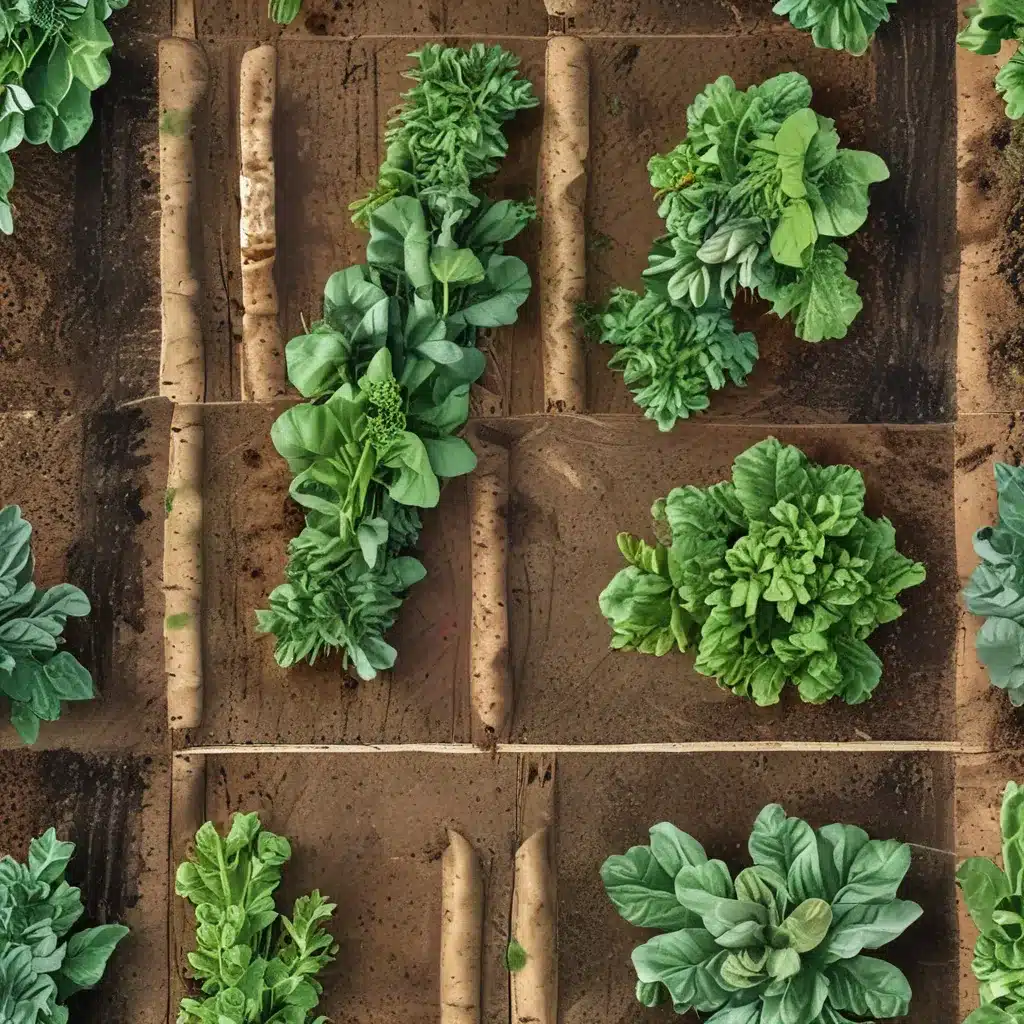
A Farmer’s Perspective on Feeding the Future
As I watch the sun rise over my lush, vibrant fields, I can’t help but feel a deep sense of pride and purpose. This is more than just a job for me – it’s a way of life, a calling to nurture the land and provide nourishment for my community. But as I ponder the challenges ahead, I know that feeding the world sustainably is no easy feat.
According to the World Resources Institute, by 2050 we’ll need to feed nearly 10 billion people on this planet. That’s a daunting task, especially when you consider the environmental strains already placed on our food system. How can we possibly produce enough food without decimating precious natural resources or contributing to climate change? It’s a complex issue, to be sure, but one that I’m determined to tackle head-on.
Closing the Gaps
The experts at the World Resources Institute have identified a “five-course menu” of solutions to help us achieve a sustainable food future. As a farmer, I’m acutely aware of the challenges they’ve outlined, and I’m eager to share my perspective on how we can work together to close the gaps.
Reducing Demand
One of the key strategies is to curb the growing demand for resource-intensive foods, like meat and dairy. I get it – as incomes rise, people naturally want to consume more of these products. But the reality is that animal agriculture requires far more land, water, and energy than plant-based alternatives. By shifting towards a more plant-rich diet, we can make a significant dent in the food, land, and greenhouse gas mitigation gaps.
Now, I know what you’re thinking – “But I love my burgers and cheese!” Trust me, I understand the appeal. I’m a proud carnivore myself. However, I also know that small changes can make a big difference. Maybe it’s swapping out beef for chicken a few times a week, or exploring the world of delicious plant-based meat substitutes. Heck, my CSA service even offers a wide range of vegetarian and vegan options that are just as satisfying as their meat-based counterparts.
Increasing Production
Of course, reducing demand is only half the battle. We also need to significantly increase food production without expanding our agricultural footprint. And that’s where innovations in farming come into play.
Through strategic breeding programs, we can boost crop yields and make our land more productive. I’ve seen firsthand how advances in molecular biology have allowed us to develop new strains of crops that are more resilient, efficient, and nutritious. It’s a game-changer, folks.
We’re also making strides in improving soil health and water management. Techniques like agroforestry, where trees are integrated into crops and pastures, can help regenerate degraded land and enhance productivity. And by embracing precision farming methods, we can apply just the right amount of fertilizers and irrigation, reducing waste and emissions.
Protecting Natural Ecosystems
But as we ramp up production, we have to be mindful of the delicate balance of our natural ecosystems. After all, what good is a bountiful harvest if it comes at the expense of our forests, grasslands, and wetlands? That’s why it’s crucial that we couple productivity gains with robust conservation efforts.
One key strategy is to steer agricultural expansion towards lands with low environmental value, rather than clearing pristine habitats. Through smart mapping and zoning, we can identify areas that are suitable for crop and livestock production without jeopardizing biodiversity or carbon sinks. It’s a win-win for farmers and the planet.
And let’s not forget the power of restoration. In some cases, it may make more sense to return unproductive or abandoned farmland back to its natural state, offsetting the inevitable expansion that will occur elsewhere. I’ve seen firsthand how the revitalization of degraded landscapes can have a profound impact, both ecologically and economically.
Charting a Sustainable Course
As I reflect on the road ahead, I can’t help but feel a sense of both responsibility and optimism. The challenges we face are daunting, to be sure, but I truly believe that we have the knowledge, the technology, and the willpower to create a sustainable food system that nourishes both people and the planet.
It’s going to take a collaborative effort – farmers, policymakers, businesses, and consumers all working together towards a common goal. But if we commit to implementing the comprehensive menu of solutions outlined by the World Resources Institute, I’m confident that we can feed the world of tomorrow without compromising the health of our environment.
After all, this isn’t just about meeting a numerical target. It’s about safeguarding the future of our communities, our ecosystems, and our shared home. And as a farmer, I can think of no more noble pursuit. So let’s roll up our sleeves, get our hands dirty, and cultivate a brighter, more sustainable tomorrow. The future of our food system – and our planet – depends on it.



